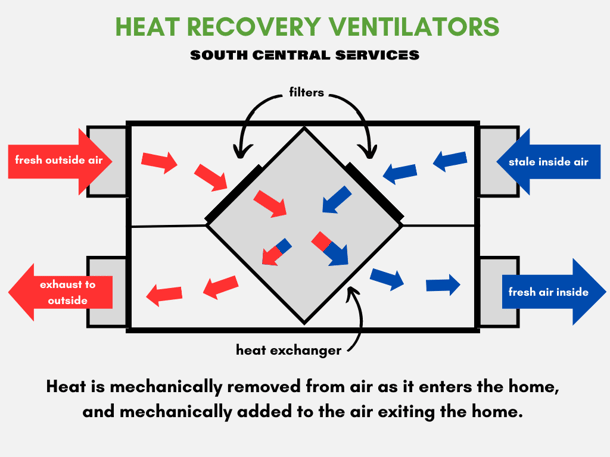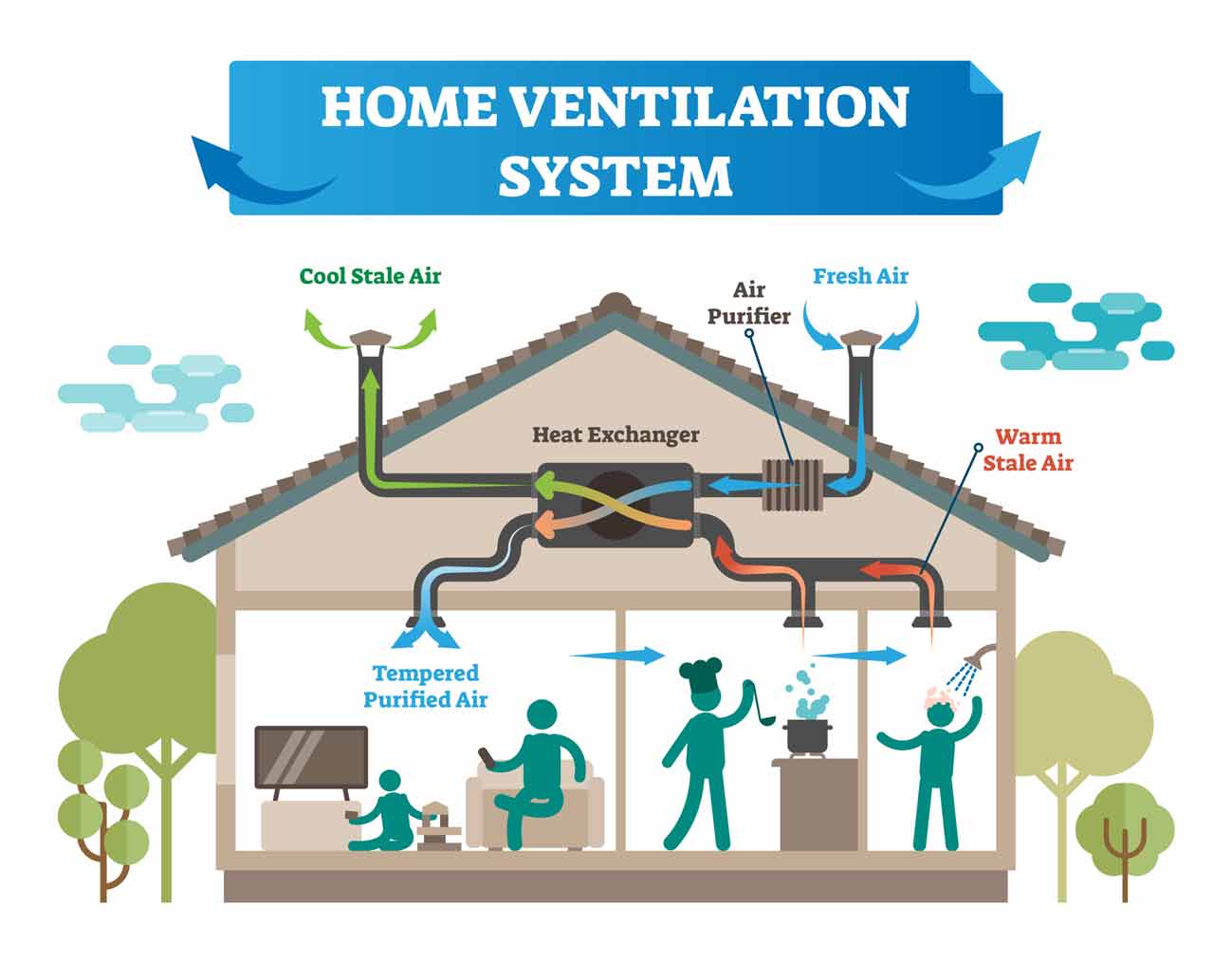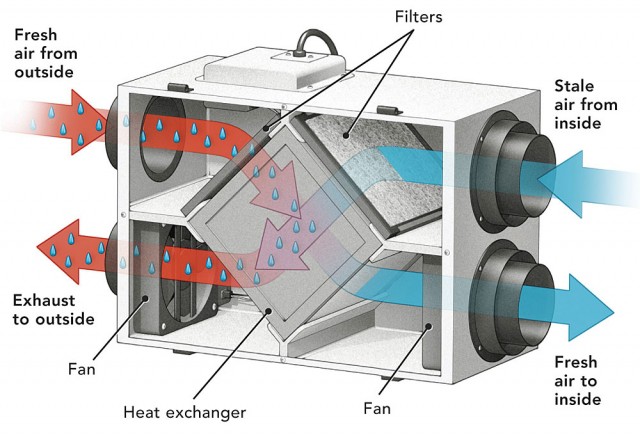Exploring the Advantages of Heat Recovery Ventilation for Energy Efficiency in Residences
Heat Recovery Ventilation (HRV) systems use property owners a sensible approach to improving power performance. By redeeming warm from outward bound air, these systems can considerably lower heating and cooling prices. Furthermore, they provide a consistent supply of fresh air, boosting interior air quality and comfort degrees. As homeowners think about sustainable options, comprehending the nuances of HRV systems becomes significantly vital. What aspects should one evaluate before making such an investment?
Recognizing Heat Recovery Ventilation Systems

Exactly How HRV Enhances Indoor Air Quality

Energy Financial Savings: The Monetary Advantages of HRV
Making best use of energy efficiency, heat recovery ventilation (HRV) systems provide significant monetary benefits for home owners. By recuperating and recycling warmth from exhaust air, HRVs markedly lower cooling and heating costs. This technology can cause energy savings of as Visit Website much as 30%, depending upon environment and use patterns. Home owners frequently notice decreased energy bills shortly after installment, making HRVs an economically smart financial investment in time. Additionally, several areas supply motivations or rebates for energy-efficient upgrades, better enhancing the monetary appeal. As energy rates continue to rise, the cost-effectiveness of HRVs comes to be significantly clear. Overall, the incorporation of HRV systems not just promotes power efficiency however also adds to long-term monetary savings for households.
The Ecological Effect of Heat Recovery Ventilation
A considerable environmental advantage of heat recovery ventilation (HRV) systems hinges on their ability to minimize total energy intake. By redeeming warm from exhaust air and moving it to inbound fresh air, HRV systems reduce the requirement for energy-intensive heating and cooling techniques. This decrease in energy demand contributes to reduce greenhouse gas discharges, as less nonrenewable fuel source is needed to maintain comfortable indoor temperature levels. Furthermore, HRV systems enhance indoor air high quality by efficiently exchanging stale air with fresh outdoor air, lowering reliance on mechanical cooling systems that can harm the environment. In general, the execution of HRV systems sustains sustainable living practices and aligns with worldwide initiatives to battle environment change by promoting power performance in property settings.
Choosing the Right HRV System for Your Home
Exactly how can house owners ensure they pick the ideal heat recovery ventilation (HRV) system for their requirements? Initially, they must analyze their home's size and format, as these elements affect airflow requirements. Next, evaluating the system's performance ratings is crucial, as greater rankings suggest far better efficiency and energy cost savings. House owners must also take into consideration setup and upkeep prices, contrasting different brand names and versions for worth. In addition, it's essential to review noise levels, as some systems run more quietly than others. Consulting with HVAC professionals can provide tailored referrals based upon specific home conditions. Taking a look at user reviews and guarantees can help in making an informed decision, making sure that the picked HRV system successfully boosts indoor air quality and energy performance.
Frequently Asked Inquiries

How Often Should I Clean or Preserve My HRV System?
The regularity of cleansing or maintaining a warm healing air flow (HRV) system usually next relies on usage and environmental aspects. Usually, it is suggested to do maintenance every six months to assure peak performance and air top quality.

Can HRV Equipments Help In Reducing Humidity Levels Inside?
HRV systems can successfully minimize interior humidity levels by exchanging stale, damp air with fresh, drier air from outside. HRV Heat Recovery Ventilation. This procedure helps keep a balanced indoor atmosphere, enhancing comfort and avoiding moisture-related issues
What Is the Life-span of a Typical HRV System?
The lifespan of a regular heat recovery ventilation (HRV) system varies, usually lasting in between 10 to 15 years. Normal maintenance can prolong its effectiveness and functional life, making sure peak performance throughout its use period.
Are There Any Sound Interest In HRV Solutions?
Noise interest in HRV systems can arise, especially from fan operation. Several contemporary systems are developed to minimize sound degrees, ensuring they operate quietly while maintaining efficiency, which addresses possible disturbances in living atmospheres.
Can I Mount an HRV System Myself, or Do I Required a Specialist?
The private contemplated whether to mount the heat recovery ventilation (HRV) system personally or work with an expert. Typically, while do it use this link yourself setup is possible, knowledge warranties appropriate capability and conformity with neighborhood building regulations, improving system efficiency.